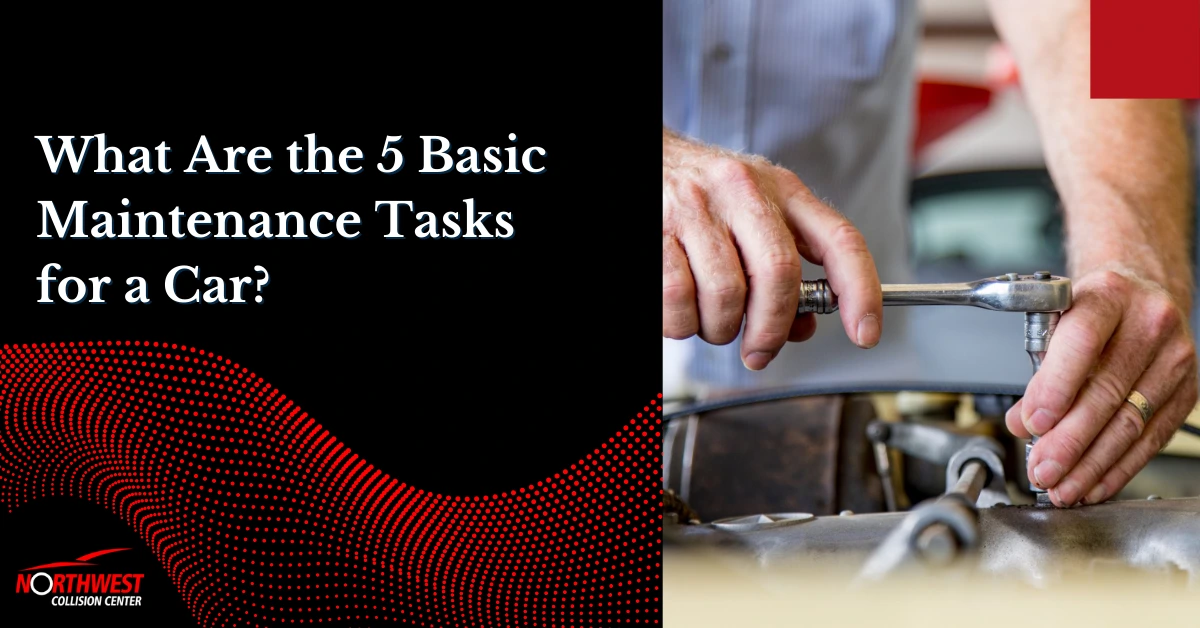It is a sad fact that rear end collisions are one of the most common types of car accidents. According to data released by the U.S. Department of Transportation’s National Highway Traffic Safety Administration (NHTSA), rear end collisions account for between 25 and 30 percent of all traffic accidents. That is certainly a substantial percentage, but arming yourself with knowledge and awareness can help you avoid being a statistic and facing a car that needs extensive repair—or worse.
Who’s at Fault in a Rear End Collision?
In most U.S. states, the driver of the rear ending car is found to be at fault. This means that if you rear end someone, you are likely to be liable for the cost of repairs for both cars. It is in everyone’s best interest to be aware, alert, and to consciously drive in a way that will minimize the chances of an accident.
How Rear End Collisions Occur and How to Prevent Them
Tailgating is one of the most common causes of rear end collisions: if you do not leave enough emergency braking room between you and the car in front of you, a rear end collision is far more likely to occur. Always allowing enough room between your vehicle and the vehicle in front of you will ensure you avoid a dangerous situation, and potentially costly auto body repair services that you would be responsible for covering.
Another major cause of rear end collisions (and many other types of crashes) is inattention while driving. The NHTSA reports that almost 80 percent of all car crashes involved the driver being distracted within three seconds of the accident. Driver inattention is most often caused by drowsiness, cell phone use, and adjusting the car settings or stereo, among other factors.
Avoid damaging your precious vehicle and its occupants in a rear end collision by staying aware and alert, never driving while drowsy, avoiding all cell phone use, and leaving ample room between you and the car in front of you. Your car, health, and wallet will thank you.










